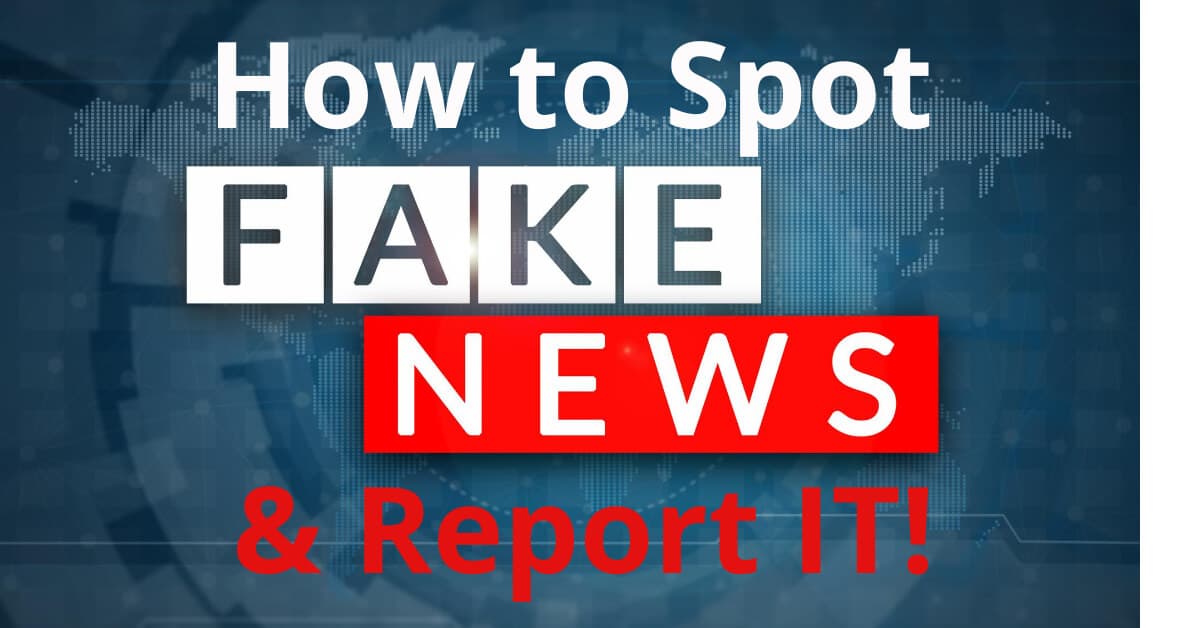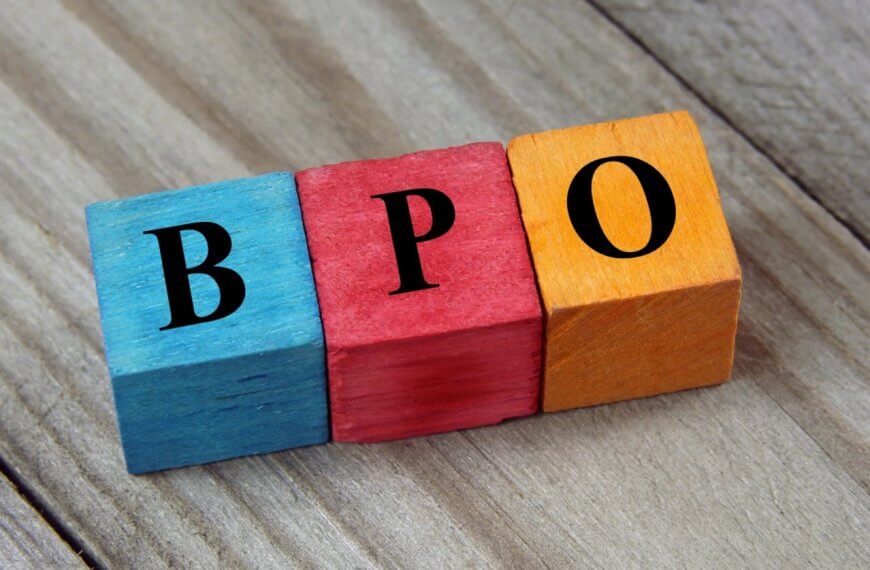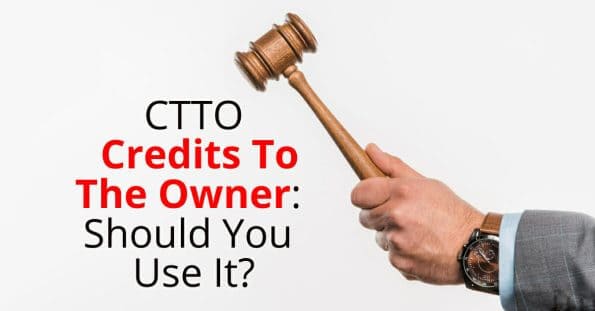Check the source
This site doesn’t have any contact or About us pages. That means there is no way to contact the site or get information about who runs it.The site is known for publishing misleading information about politics, celebrities, and current events. It’s also a frequent target of hoaxes.
Unreliable sites will often share misleading headlines to lure in visitors and clicks. Before sharing stories with outrageous claims, check out the whole story. Was the author trying to make the story sound more appealing by burying the led in the text? Were credible and trustworthy news sources used to back up claims made in the headline? Readers typically express their anger over misleading headlines on social media platforms.
Look at the URL
Is the domain new? is it a misspelled name of a popular website? Is it a freshly registered domain? Whois the domain and check who owns it and how old has it been live.
What is Fake News?
Fake News is deliberately created by politicians to deceive voters. Journalists quote politicians selectively to create a false impression. Urban myths spread rapidly via social media. It is done to either confuse the reader or cast doubt in the subject to force a change of belief or narrative.
Six Ways to Spot Fake News
Fake news is everywhere these days. People are sharing articles online about topics ranging from politics to health.
But what makes fake news different than real news?
Well, there are many ways to spot fake news, but here are six tips to help you identify the difference between real and fake news:
1. Read the Source
When reading any article online, always read the source first. This means checking out where the information came from.
For example, if you see an article saying that Donald Trump was born in Kenya, you should go back to the original source to find out whether or not that’s true.
2. Check the Date
Check the date of the article. Is it old? Does it seem like it could have come from a website that doesn’t have much credibility?
3. Ask Yourself Why You Are Reading This Article
Is this article trying to sell you something? Or does it seem like it is written by someone who wants to push his or her own agenda?
4. Do Some Research
Do some research on the subject matter. Find out what reputable sources say about the issue.
5. Don’t Be Fooled By Clickbait Headlines
Clickbait headlines are designed to catch readers’ attention. They often use sensational words such as “secret,” “surprising,” and “shocking” to grab your attention. They try to hook your with a sensational headline.
These headlines are usually misleading. For example, a headline may claim that a celebrity has died, but the story itself says that he or she is alive.
6. Beware Of The ‘Share’ Button
Social media sites like Facebook and Twitter have become popular platforms for spreading fake news stories. If you see a post claiming that a certain person has been arrested, don’t click on the share button.
Instead, go directly to the source to verify the information.
There are many ways to spot false information online. But remember, the most important thing is to do your due diligence before clicking on anything.
Use Reverse image search
Is there a photo that accompanies the story? try a reverse image search to find out other stories that use the same particular photo.
Fake News. & Misinformation
Social media has had a dramatic effect on the ways we interact. We’ve been connected by technology in new and impactful way. Stories and opinions can be shared instantly with others around the world. People are now able to communicate with each other in real time. As the number of users increases, there’s also an increase in the number of negative influences online. Fake news is a growing problem on social media. Users shouldn’t trust everything they see online. There are ways to identify information as false. You should also be careful about how much time you spend on social media.
Misinformation and disinformation are not synonymous.
Misinformation means inaccurate reporting that stems from errors. Disinformation means the intentional spread of inaccurate news with the intent to deceive, but this may also include misinformation.Social media users should never post anything without fact checking first. Even if you think something is true, it may turn out to be false.
Clickbait again!
There are many ways to get fake news online, including clickbait. Clickbait is used to attract more people to read an article, but it doesn’t provide any real value. Clickbait articles are often written to make readers angry, sad, or curious about the topic. These articles are often light on facts, and they use emotional language to appeal to readers. Click bait is a term used to describe any article or post that is designed to get you to click on it. This could be an ad for a product, or a link to another website. This type of article is often misleading and poorly written. Click bait articles are usually posted on social media websites such as Facebook, Twitter, Instagram, etc.A misleading headline can trick people into reading an article, but it won’t necessarily tell you the whole story.
Propaganda
Propaganda is a form of misleading information that is spread by mass media. It uses emotional appeals, half truths, and lies to influence people.
Testimonialism
Testimonialism is a form of propaganda that uses testimonials, or personal stories, to persuade people. Testimonials are usually presented by famous individuals who endorse a product or service. Sometimes these are true, but many times they are false. Fake testimonials are created by companies to make you think something is better than it really is.
News Satire
News satire is a parody of real news that makes fun of the media and its reporting. Satirists try to get laughs out of their work by presenting facts in an exaggerated manner. This can lead readers to believe that what they read is true when it isn’t. Modern satire often makes fun of things we take seriously. For instance, when someone says something stupid or offensive, you may use satire to show them how dumb they sound.
How to Handle Fake news and Misinformation
Fake News is created by people who want to make money or gain power. People who write fake news usually do not care if what they say is true or false. Fake news spreads quickly because people read it and share it without checking the facts. When people see fake news, they believe it because they trust the source. Fake news is not real news.Fake news is everywhere. Facebook, Twitter, Instagram, and YouTube all share responsibility for spreading misinformation. You can protect yourself by hiding posts, blocking accounts, and unfollowing pages.You should use social networks to share information about yourself. Make sure you know how to use them properly.
How to report Fake News
If you spot misinformation on social media, you can report it by clicking on the ellipses on the top right corner of the post. You can also report pages full of misinformation by clicking on the ellipse at the top of the webpage. Then, choose “Scams and Fake Pages” and click next.
Instagram users can report posts containing false information by clicking on the ellipse next to the post, then selecting “Report” or “Report Inappropriate”. Users can also report accounts by going to their profile page, clicking on the ellipsoid icon next to their name, and then selecting “Report User”. Once reported, an Instagram employee reviews the post and decides whether to delete it or leave it up.
Snapchat users must be careful when reporting posts. Abuse reports must be done quickly because the abuser may delete the post before being reported. Users must also be careful about what they say online. If someone says something bad about another person, or if they’re spreading rumors, they could get into trouble.
Twitter users should be aware of what they post on social media platforms. Users should also know how to report posts that are abusive or harmful. They should also be careful about what kind of content they share. Sharing inappropriate content could result in getting banned from the platform.
Facebook users can report posts with false information by clicking on “Report”, then choosing “Inaccurate Information.” The user will have to provide evidence that supports his claim. After submitting the report, Facebook employees review the content and decide whether to remove it or leave it up as long as it doesn’t violate Facebook’s community standards.
YouTube users can report videos that contain misinformation by clicking on the three dots next to the video, then selecting “Report Video as Spam/Abuse.
How to Avoid Fake News
Read carefully. Read everything before sharing it. Don’t just assume that everything you read on a website is true. Check the sources of any article you find interesting. Do your own research. Make sure you understand why other people think the way they do.
Don’t follow anyone blindly. Follow people whose opinions align with yours. Trustworthy sources include reputable newspapers, magazines, blogs, and websites.
Don’t believe everything you hear. A lot of fake news comes from unreliable sources like tabloids, gossip sites, and hate groups. These kinds of stories often spread fast and tend to be misleading.
Be skeptical of anything you don’t fully understand. If you don’t understand something, ask questions. Be wary of claims made by anonymous sources. Ask yourself: Who benefits? Why would this person want me to believe this story? What does he or she gain?
Be cautious of paid advertising. Ads for products and services that aren’t available in your country might seem appealing, but they could be scams. Look out for ads that offer free gifts, discounts, or money-back guarantees.
Think critically. Think about why people make the decisions they do. Try to understand why others disagree with you. Use critical thinking skills to evaluate arguments.
























